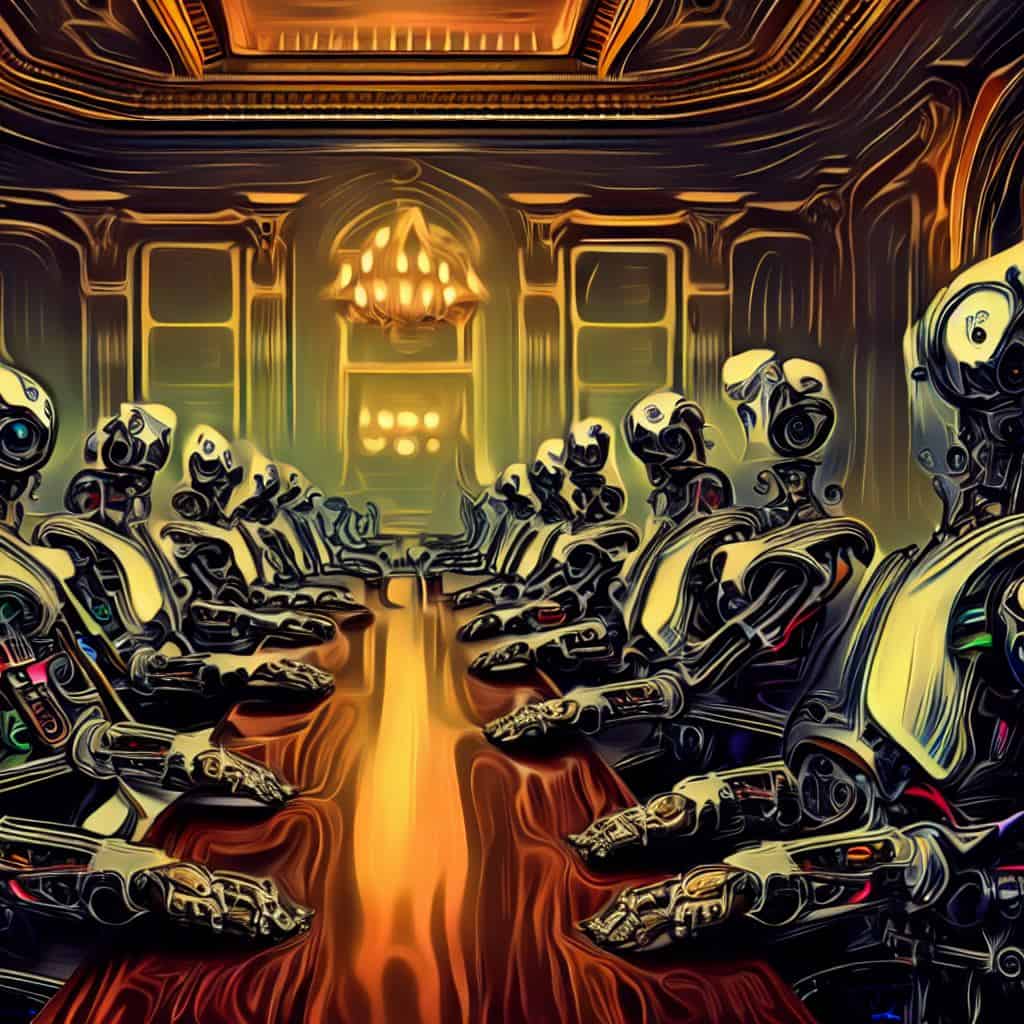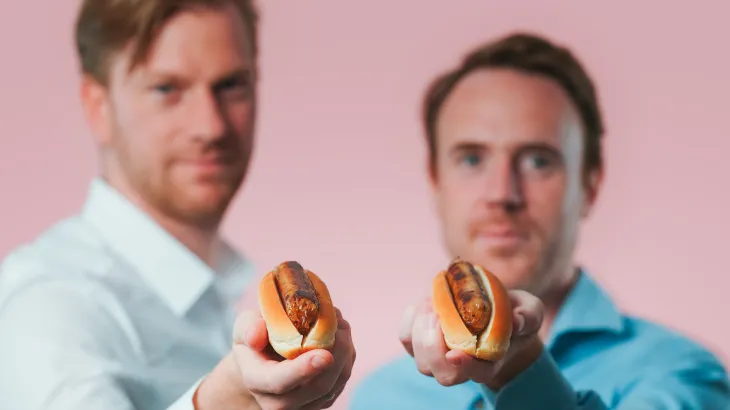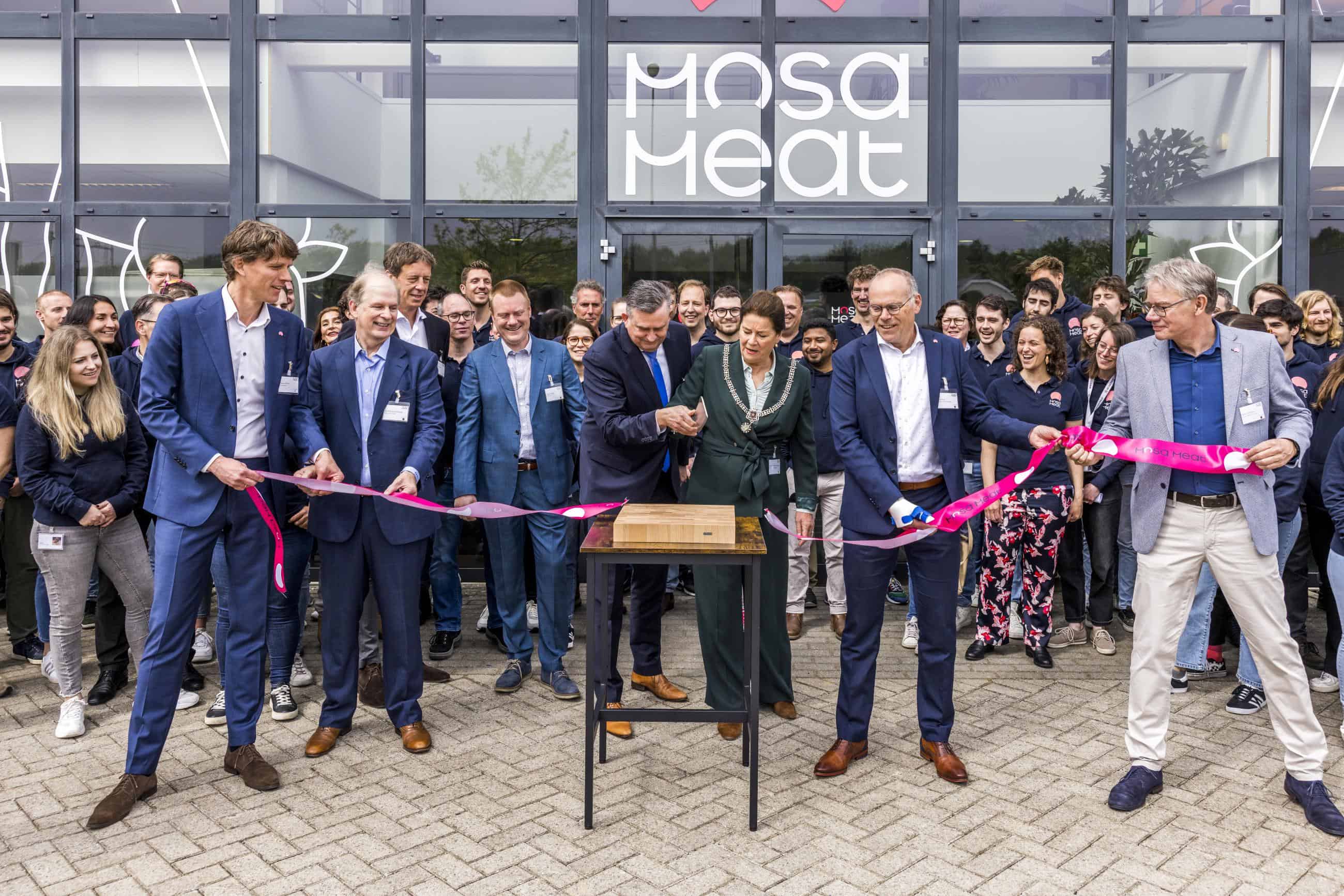
Vast meadows with grazing cows, occasionally intersected by a yellow-and-blue train. Our daily lives take place in this familiar backdrop. But rarely do we realise how much our eating habits affect the landscape. For generations, meat has adorned our tables and fed our traditions. This story tells how our diet – eating animal products specifically – has sculpted the Dutch landscape. And perhaps even more exciting: what our environment would look like if veganism were suddenly deeply rooted in our culture.
- A vegan lifestyle has huge impact on the Dutch landscape
- If society were to switch radically to a vegan diet, surprising things would take place. Cows would be replaced with field beans and the poppy would make a comeback.
The word “veganism”, even today, still causes eye-rolling. Not at all surprising, I think. There are always a few enthusiastic vegans to be found, proclaiming their message just a little too loudly on social media, or during a cake moment at a birthday party. Sometimes these moralists seem to go through life with megaphones, and that makes a large group of people – including myself, and I haven’t consumed a croquette or smoked sausage in over a decade – very tired.
But what if we forget about the screamers for a moment. What if we had not developed an allergy to veganism. What if 99 per cent of Dutch people were suddenly hugely enthusiastic about this lifestyle. What would our little country look like then? What could we actually do with vast meadows without cows?
Opportunities for field bean
Let’s assume for a moment that the vegan Dutchman of the future would like to be healthy. Although it is possible to get all the nutrients with this diet, there are pitfalls. I recently had a blood test myself, which revealed, among other things, an iron deficiency. Getting enough protein can also be a challenge.
In the future, the Netherlands cleverly anticipates this. Vast fields of grain and maize are part of today’s landscape. But in the future, there will instead be opportunities for protein-rich crops, such as field beans, peas and hemp. Research from Groningen, for instance, already showed that the field bean in particular is a good candidate to make Dutch agriculture healthier and more sustainable.
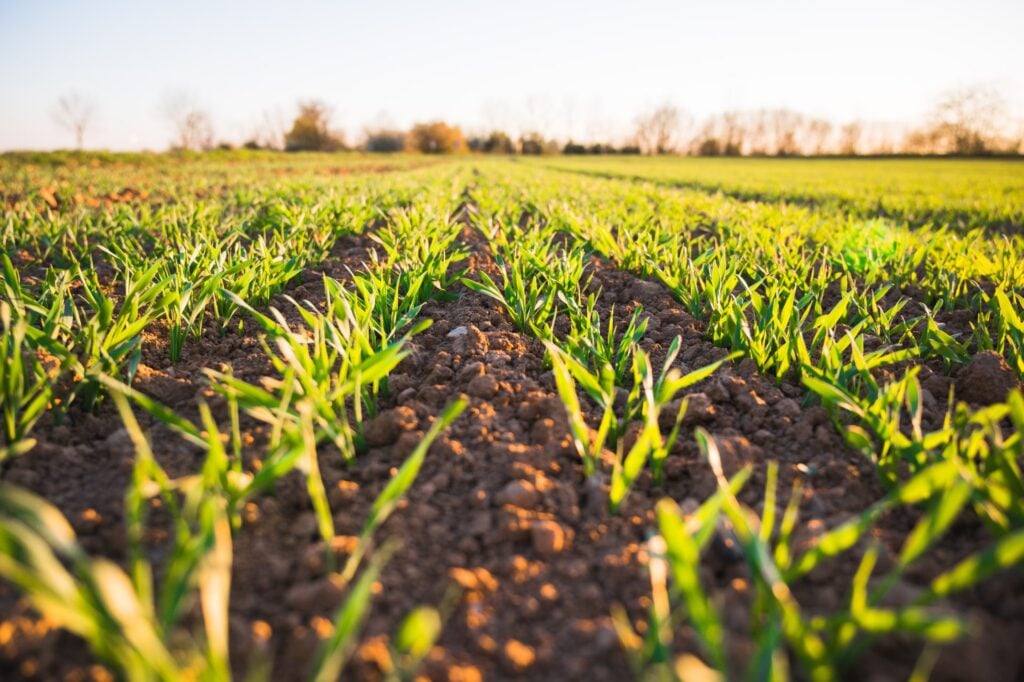
Wild nature

OK, so fields full of bright green field beans, that’s one thing. But, in our fantasy world, we can really do more with all those empty meadows now that all the cows are gone. We transform the barren fields that were once the domain of cattle breeding into an oasis for wildlife. Birds can nest there undisturbed. Butterflies, which once led a fragile and marginal existence but are very important for pollination and biodiversity, are given space again. And that makes for a beautiful picture, for those passing the vast wildlife areas on the NS train.
Taking advantage of old barns
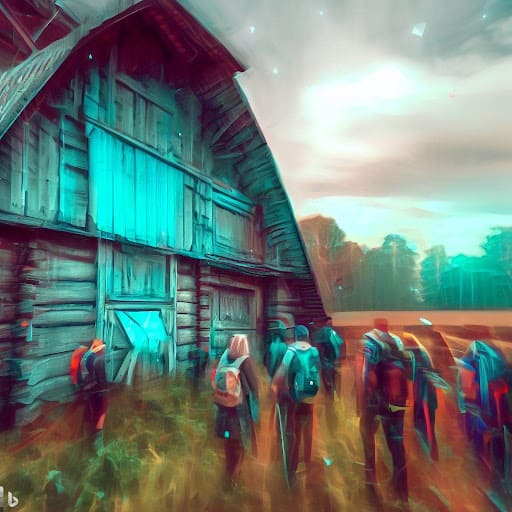
Apart from empty fields, in our radically vegan society, we naturally also have to deal with countless abandoned barns. A shame to leave these unused. We convert them into vertical farming installations where we grow different crops, such as vegetables and herbs, under controlled conditions. This way, we produce food all year round and say goodbye to seasonal cultivation.
And should we be pioneers in our dream world and serve as an example to the rest of the world, why not turn some barns into tourist attractions, where people can see how the transition to a vegan lifestyle has transformed traditional agriculture. The Netherlands can make a nice penny with that.
The poppy makes a comeback
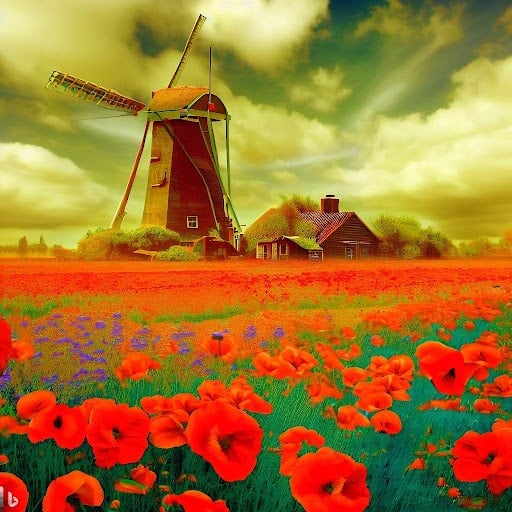
More surprising twists occur in our scenario. For example, if the Netherlands stopped livestock farming overnight, there would be a significant reduction in emissions of harmful gases such as methane, a powerful greenhouse gas produced by ruminating animals such as cows. And that, too, brings a surprising amount of colour to our pastures.
An example of a flower that could return in large numbers to the Netherlands is the Poppy. These bright red gems have traditionally been found in the Netherlands. They thrive in fields, but intensive agriculture and pesticide use have reduced their numbers. With the shift to more natural and biodiverse farming practices, poppies would once again have the chance to beautify the Dutch landscape.
Back to reality
While we fantasise about Holland 2.0, we need to draw realistic conclusions. Changing eating habits and cultural traditions is no easy task in the real world. It involves a lot of friction. Farmers (even now) fiercely resist new measures. Encouraging a shift in eating habits among the wider population requires a lot of education, awareness and behavioural change. All in all, it takes time, energy and handfuls of money.
Plenty of challenges to overcome, then. But we get something in return: colour! Fields full of bright red poppies, bright green field beans and the most breathtaking birds and butterflies. That doesn’t sound so crazy to me.


